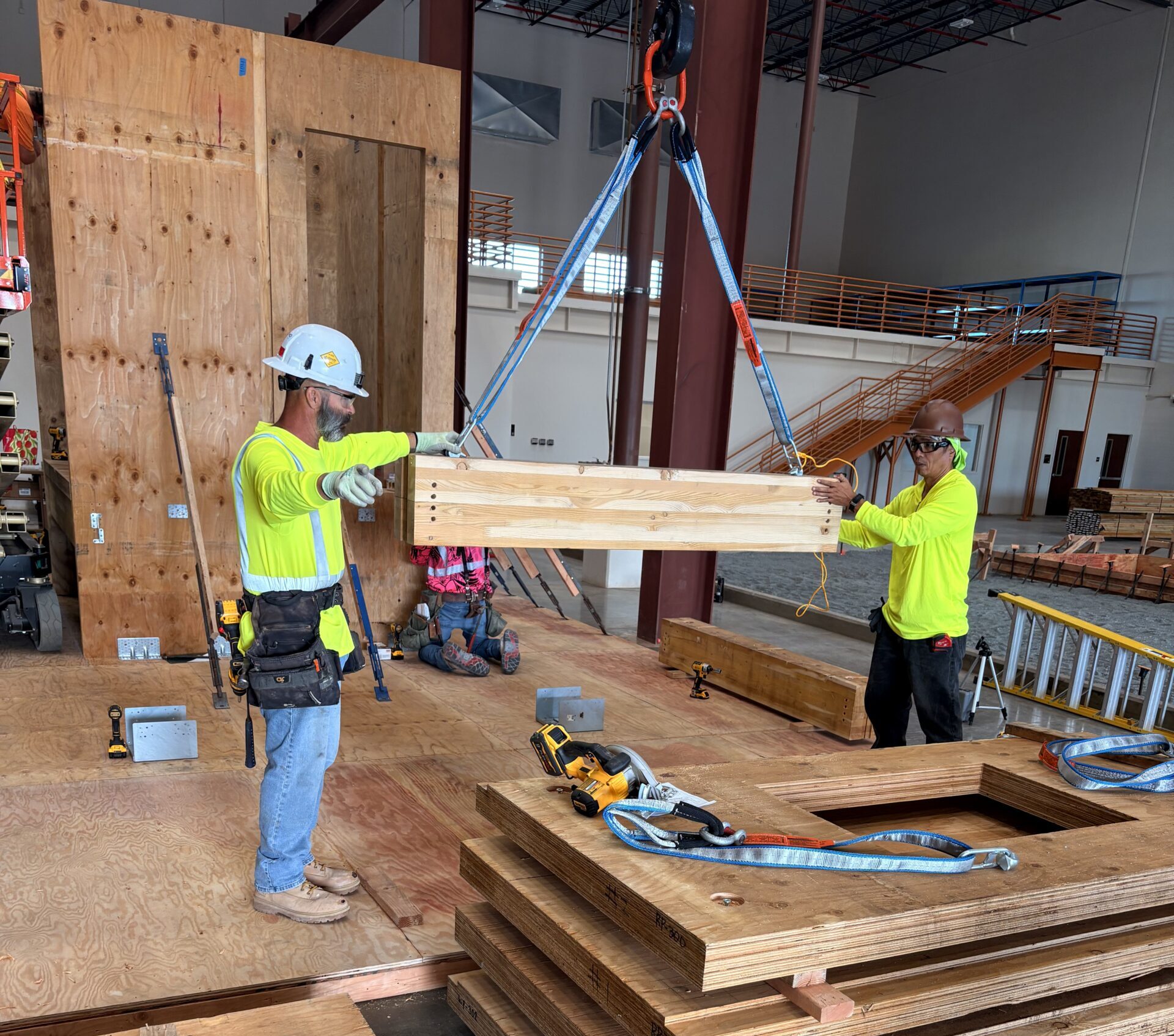Shaping Skilled Trades Accross the Islands
Hawaii, known for its picturesque landscapes and vibrant culture, also boasts a rich history that has significantly influenced its community and industry, particularly in trade labor. The evolution of the state’s natural resources and economic demands has led to a unique approach in developing skilled tradesmen, particularly through apprenticeships.

A Historical Perspective
Hawaii’s transition from a predominantly plantation-based economy to a bustling urban development and tourist hotspot necessitated a robust workforce, particularly in carpentry and construction. The shift in labor needs over the years prompted the establishment of the United Brotherhood of Carpenters and Joiners in Honolulu in 1901, with Local 745 chartering the following year. This marked the beginning of structured trade labor in the state, leading to the formation of The Hawaii Carpenters Apprenticeship & Training Fund (HCATF).

Geography and Training Programs
Unlike the contiguous United States, Hawaii’s geographical makeup poses unique challenges for apprenticeship programs. With Local 745 covering all populated islands, HCATF must ensure consistent, high-quality training across varied locations. “Our industry thrives because of the excellent tradesmen we produce on every island,” says HCATF Executive Director Edmund Aczon. Hawaii’s apprenticeship programs have adapted to these logistical challenges by being flexible, anticipating needs, and finding creative solutions.
Class Structure and Learning
The apprenticeship programs in Hawaii reflect the state’s unique labor needs and lifestyle. Apprentices work and learn simultaneously, allowing them to earn a living wage and provide for their families while advancing their skills. This approach, necessitated by Hawaii’s smaller workforce pool and continuous construction demand, ensures apprentices are readily available for work without compromising their education.


Community and Ohana
In Hawaii, apprenticeship is not just about building skills; it’s about building community. The value of ‘ohana’ is deeply embedded in the training programs, with apprentices learning the importance of teamwork and mutual support. “In Hawaii, traditional woodworking craftsmen dedicated their efforts to support family units and community. Today, we continue to cherish that value,” Aczon remarks. This sense of community extends to the broader economy as well, with apprentices playing a crucial role in supporting public projects, residential construction, and the state’s commitment to clean energy.
The Takeaway
Hawaii’s unique approach to apprenticeship is a testament to its adaptability and commitment to nurturing skilled trades that support both the economy and the community. Through historical evolution, geographical challenges, and a strong sense of ‘ohana’, the apprenticeship programs continue to thrive, creating a workforce that is not only skilled but deeply connected to the islands they call home.
To delve deeper into Hawaiian history and the labor movement, visit www.hawaii.edu/uhwo/clear/Pubs/Aupuni.html


